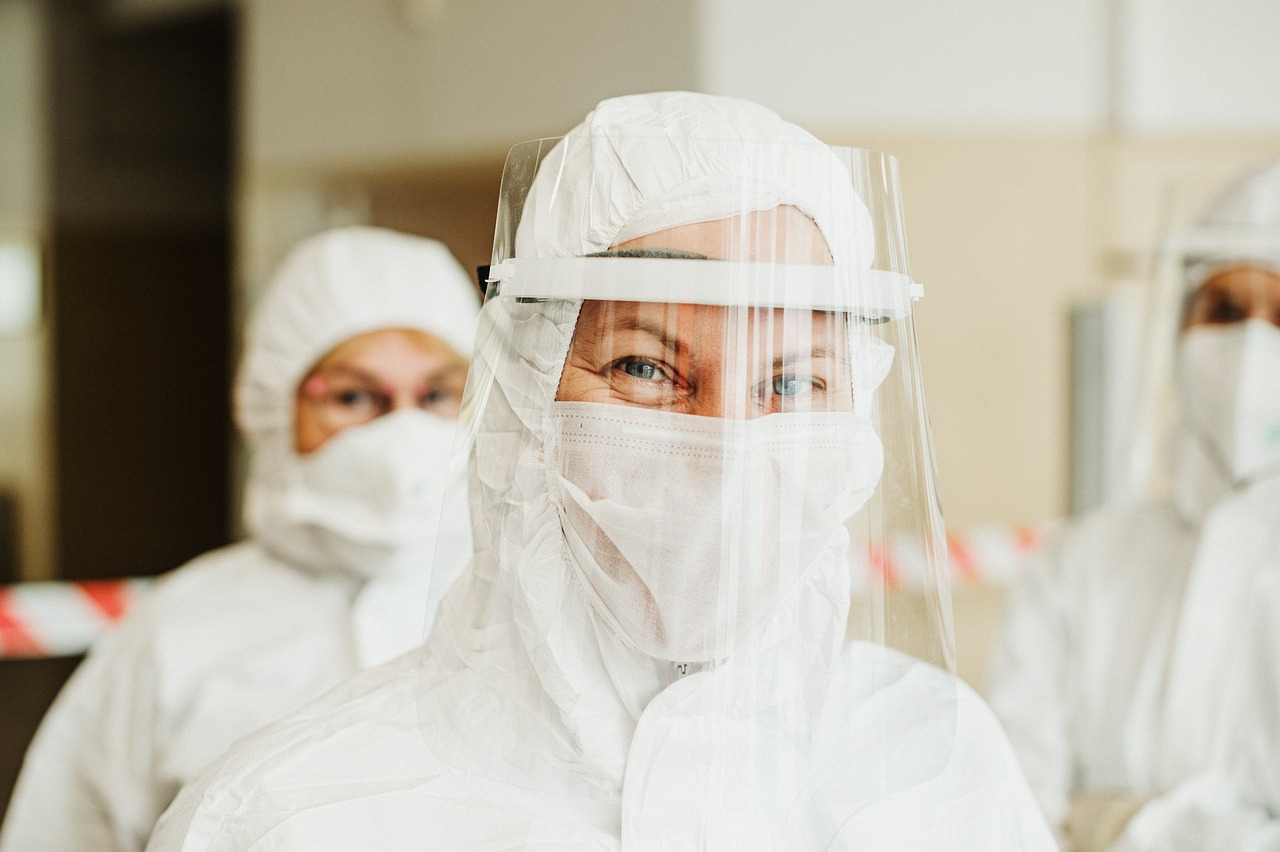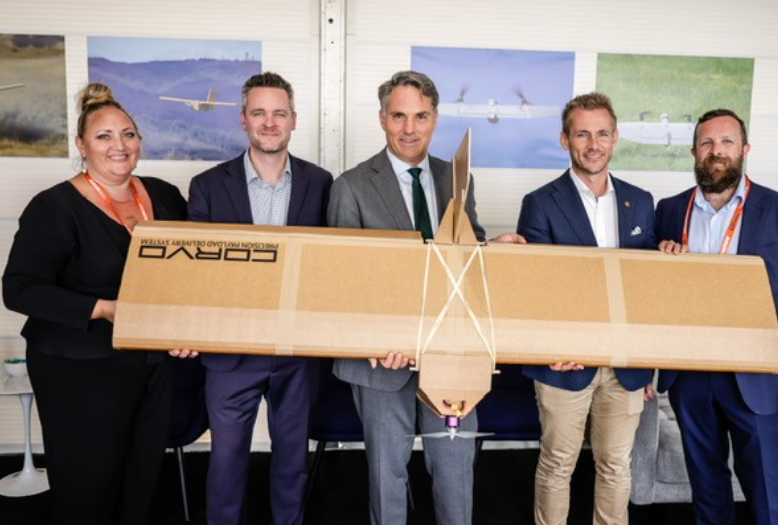Either there’s a lot of “black magic” going on these days, or scientists and engineers are performing near-miraculous feats, once considered impossible.
Actually, researchers are leaving no stone unturned in the search for viable alternative energy solutions. Attempting to harvest thermal solar energy, for example, has led to the conclusion, after years of research, that the process is only economical in limited areas on earth and only on a small scale.
Other areas have been more fruitful. Recent research with “nanowires” at Sandia National Labs has led to thermoelectric materials that can generate electrical currents when temperature differences are created between one side of a material and another. Thermoelectric materials can have high electrical conductivity along with low thermal conductivity.
This new technology will allow the efficient conversion of industrial waste heat into electricity on a large scale. Producing electricity is done by wrapping thermoelectric wires around industrial pipes in factories and power plants and even exhaust pipes on cars and trucks. Even more interesting is that nanowire thermal electricity or thermoelectrics (TE) can interconvert electricity and thermal energy.
Because the heat energy harvesting technology is in its infancy, current applications are limited to the military and aerospace markets. One key to the future of thermoelectric harvesting will be the development of high-density rechargeable batteries because of the intermittent nature of thermoelectric power supplies.
As advances in fundamental physics, material science, chemistry and electrical engineering proceed apace, energy harvesting technology will play a bigger and bigger role in making industry more efficient and profitable.
Related articles on IndustryTap:
- How a Tiny Box Makes Your Home Smarter, More Energy Efficient
- New Fuel Cell Technology Efficiently Converts Natural Gas To Energy, Runs Off Grid
- Bladeless Turbine Harvests Wind Energy 2.3X More Efficiently Than Bladed Turbines
References and related content:






